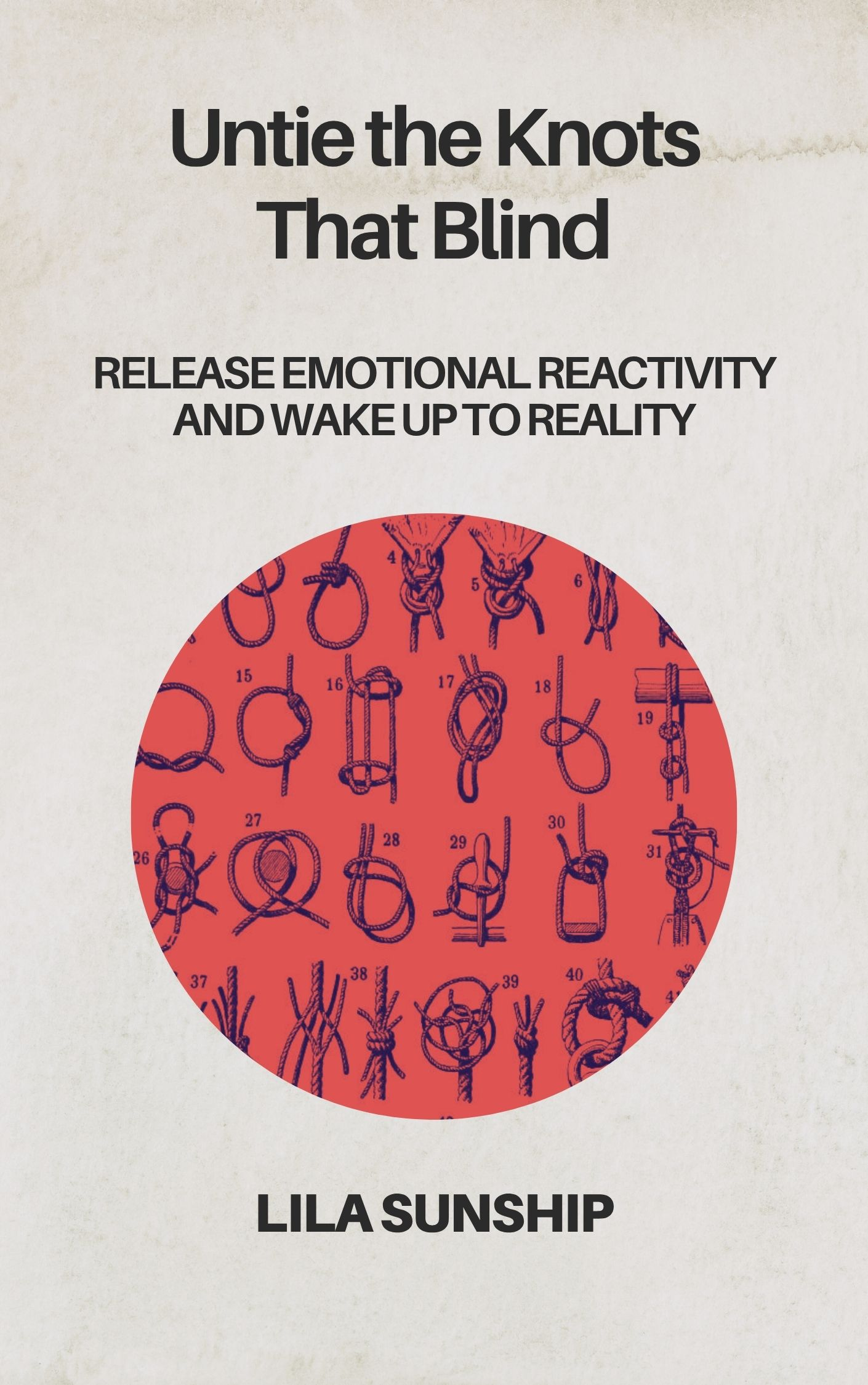Remembering and Forgetting
Adventures in Dream Yoga
Difficulties
I've tried lucid dreaming on and off for many years. I found it very hard to stick to—to keep doing reality tests during the day, to interrupt the sleep cycle to do Wake Back to Bed at night (the two pillars of becoming a lucid dreamer).
Wake Back to Bed is particularly hard to stick to because the interruption of the sleep cycle means more tiredness during the day, which means less motivation both to do it again the next night and to reality test during the day, to care about becoming lucid. By the end of the day, I would just want to sleep.
Really, the attempts have been like Teflon—always slipping off. Working with sleep and dreams is inherently slippery. It doesn't heed to waking obsession/integration in sleep, which is how I tend to approach things I want to grok.
Lucid dreaming happens between remembering and forgetting. That is very tricky ground for those of us who are not natural lucid dreamers. If getting traction in something in waking life is a matter of walking until you can run, dream life does not offer the kind of ground that has good grip. One moment there is consciousness; in another, everything has been forgotten about entirely.
Last night I dreamed I was watching a TV. In the dream I had been in the middle of something and had some very vague intention of getting lucid. But I had totally forgotten where I was and what I was doing, and was completely absorbed in the program. Like that.
Wins - Insight Into the Mind's Tendency to Reify Form
One basic exercise in Dream Yoga is to get some degree of lucidity within a dream and then change aspects of the dream. Turn a mouse into an elephant, turn night into day, turn a chair into a table.
Even if there is awareness that this is a dream, it is not particularly easy to do this. I have found that the image tends to shift with some effort and then goes right back to where it was.
For example, I had a dream where I was on a rooftop. I realized I was dreaming and tried to fly. But I was brought back to the rooftop each time. Moreover, in these dreams, it was not particularly surprising to me that things returned to where and how they were.
Andrew Holecek (I highly recommend his work) calls this the habit of reification. This is a very big deal. Understanding this through to the end feels like a tantalizing door to unimaginable freedom.
I had another dream: I was looking at a faucet. The water was running clean and clear. I turned the scene green, then blue, etc., with ease. Water often symbolizes emotions. In the dream, I felt my own emotional body flowing—it did not feel frozen or remote like it often does in dreams. There is a clue here. Ease in lucid dreaming might be helped by connection and ease with the emotions.
To be continued.
Free Mini-Book. Untie the Knots That Blind: Release Emotional Reactivity and Wake Up to Reality, available on Amazon.
Please consider leaving a review here: https://amzn.id/reactivity-review. It helps more people discover it.




An intriguing and valuable subject!